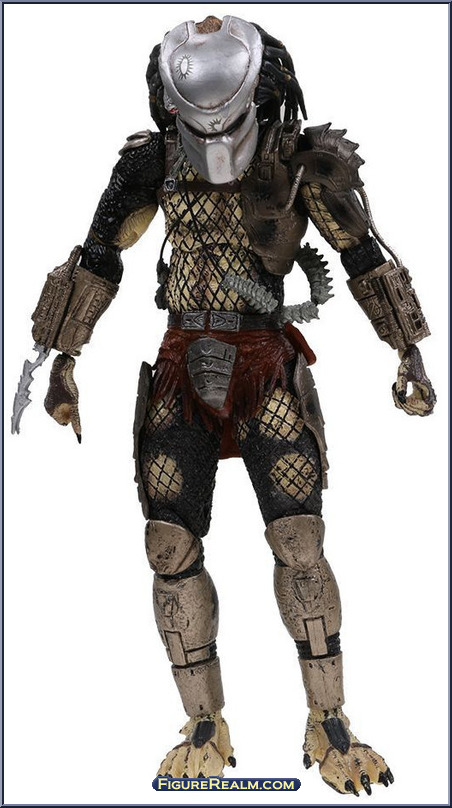

Sharks, for example, often prey upon old or sick fish, leaving healthier animals to flourish. Predators help control the populations of prey species, which in turn affects the quantity of plants and animals further along the food web. There are three types of keystone species cited by many scientists: predators, ecosystem engineers, and mutualists. On the other hand, calling a particular plant or animal in an ecosystem a keystone species is a way to help the public understand just how important one species can be to the survival of many others. Some wildlife scientists say the concept oversimplifies one animal or plant’s role in complex food webs and habitats. Since a keystone species is not a formal designation, scientists may debate which plants or animals in a particular ecosystem deserve the title. That could spell the end of the ecosystem, or it could allow an invasive species to take over and dramatically shift the ecosystem in a new direction. Some ecosystems might not be able to adapt to environmental changes if their keystone species disappeared. Without its keystone species, ecosystems would look very different. In a marine ecosystem, or any type of ecosystem, a keystone species is an organism that helps hold the system together. In any arrangement or community, the “keystone” is considered one of the most vital parts.


 0 kommentar(er)
0 kommentar(er)
